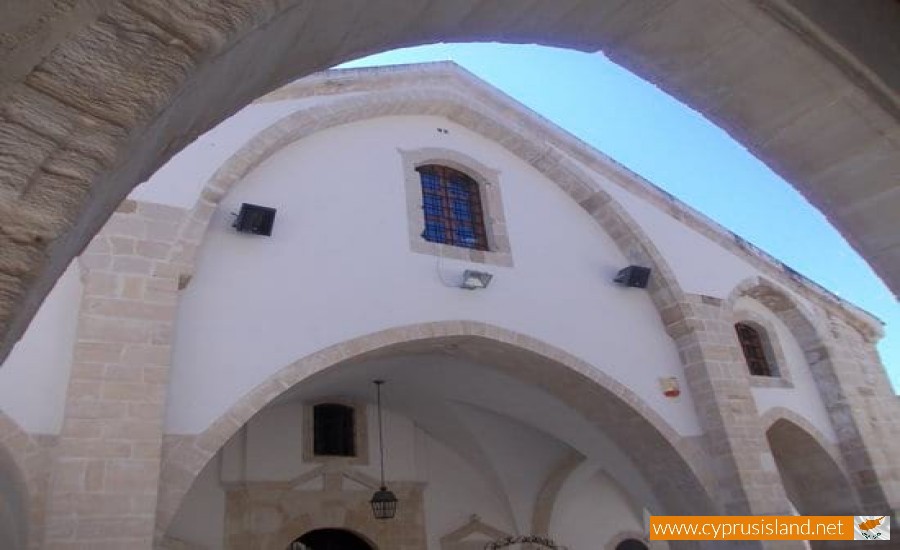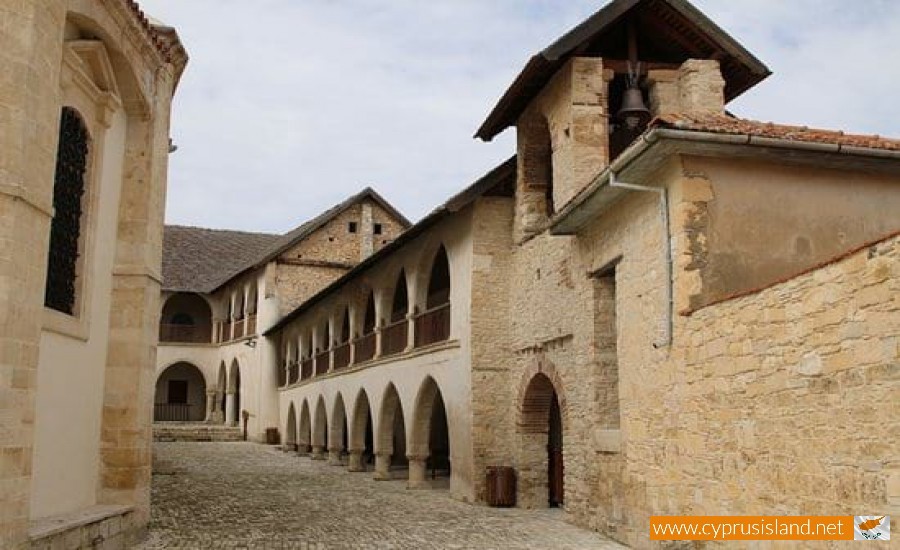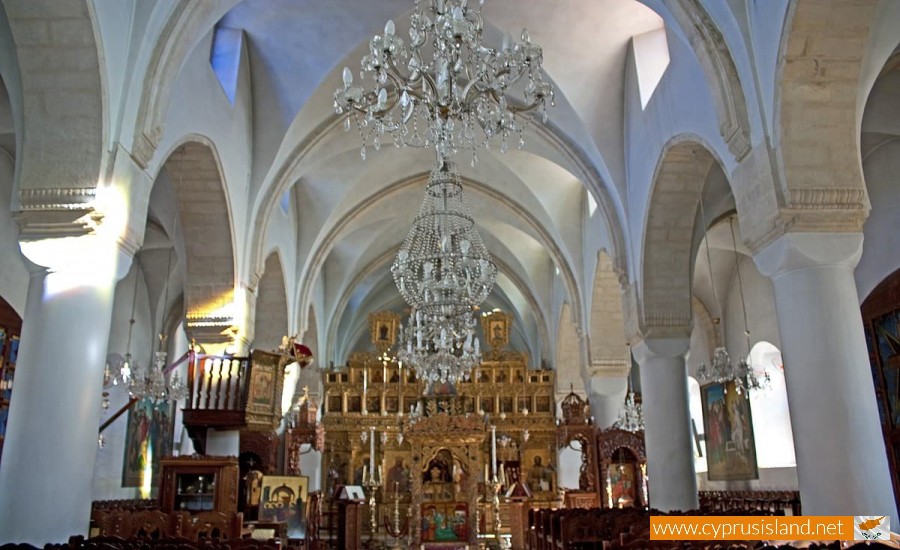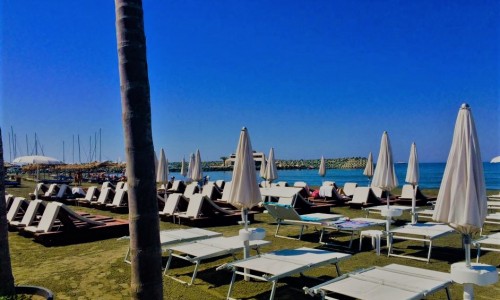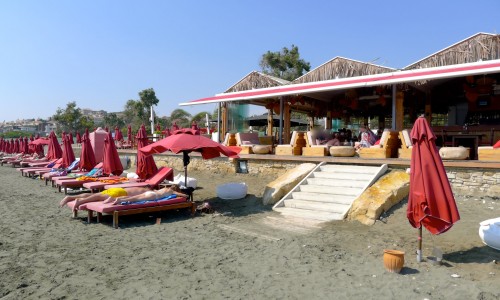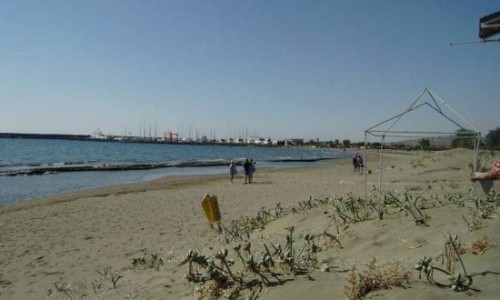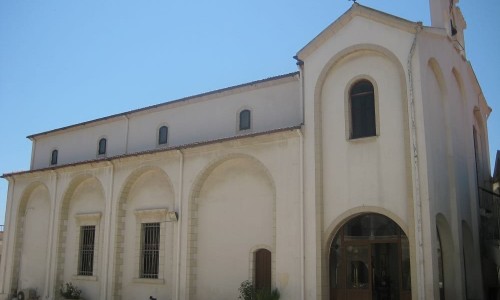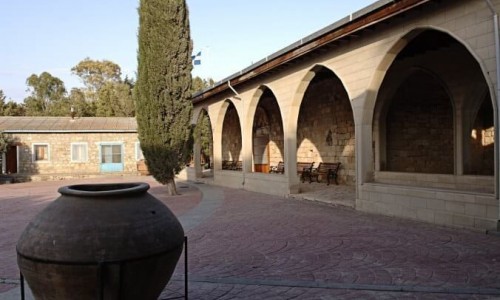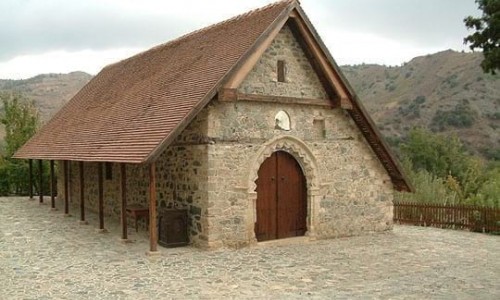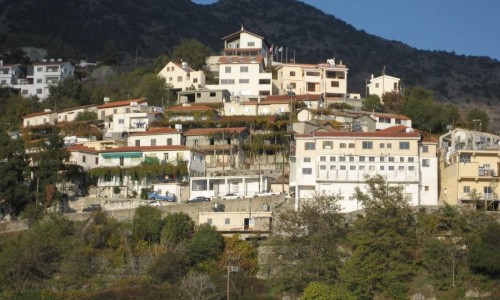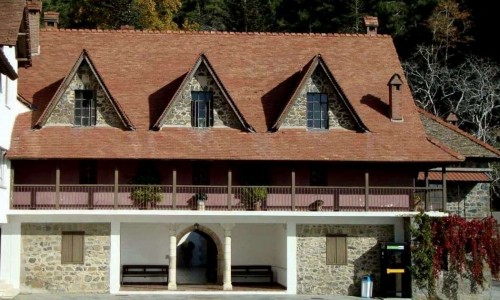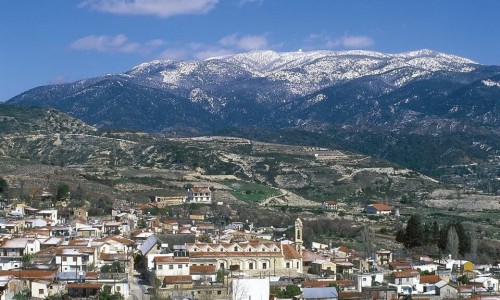Timios Stavros Monastery - Omodos
The ornament and true pride of Omodos is the Timios Stavros and Zoopoiou Stavrou Monastery which is built in the heart of the community. It stands with magnitude and forms an important part of the Cyprus cultural heritage.
The Monastery of Timios Stavros is considered as one of the oldest and most historical monasteries on the island. Locals and tourists from all over the world visit this remarkable monastery to see it and to pray.
History
According to traditional the residents of the neighbouring villages Pano and Kato Koupetron which don’t exist today, noticed a fire between some bushed in the area in which the Monastery is built today. When the morning came they went to the area but did not find any signs of a fire. This phenomenon continued for a few nights. Then they began digging in the ground, where they found a small cave in which they found a Cross. In order to thank God they built a small chapel on top of the cave and that is where they kept their precious treasure. With the passing of time, the chapel was extended and transformed into a Monastery with many monks and a large estate, not only in Cyprus but overseas as well. They Monastery had good relations with Constantinople and an estate in Russia.
Tradition states that the Monastery was founded before the arrival of Agia Eleni in Cyprus during 357 B.C. when it was founded exactly is unknown. It is possible that the village of Omodos existed prior to the existence of the Monastery. Various historians such as Neophtyos Rodinos , the Russian monk Barsky , the Archimandrite Kyprianos and many others mention that during the visit of Agia Eleni in Cyprus , she left a piece of the Holy Rope and Holy Cross. This was the rope which the Romans tied the Christ with and it was described as being red due to the Christ’s blood.
After many miracles with occurred at the Monastery, it gained a great reputation and developed into a great pilgrimage area. The historical Monastery of Omodos passed through many phases during the passing of the centuries. During the hard centuries of the Turkish Occupation, the Monastery managed to maintain and become even greater. Around 1700 it managed to obtain immunity by the Sultan. In 1757 water was transferred to the Monastery and a water tank was made at the southwest part of the monastery by the monk Germano. In 1917 the Monastery’s estate was given to the residents of Omodos. A few years later it was then turned into a parish.
Renovation
During the second decade of the 19th century there was a full renovation of the Monastery by the Episcope of Paphos. The west wing and the west part of the north wing were built in 1816. In 1817, the gold iconostasis of the church was built. , however the most important sample of woodcarving is the celling and the Throne of the cross which covers the east wall. The bell which was placed in is still saved today and is the first bell which rang in Cyprus during the Turkish Occupation. A renovation which took place in 1850 extended the two sides taking the form it is in today.
Architecture
The architecture of the Monastery is characteristic. It is a large two storey building in the shape of a Π which surrounds the church from the north south and west. The entrance from the north side of the Monastery takes you to the courtyard. The west entrance which exists today was opened recently. Many stone built cells and guest rooms form the building structure. In the courtyard there is a marble water fountain which cools the visitors. The large three arched temple of the Monastery of a basilica architecture is built on top of the cave which the Holy Cross was found in.
Remarkable items of the Monastery
Of extreme importance is the golden carved iconostasis of the church which was made in 1817, with the Holy Cross case and ancient icons. The particular wooden ceilings which decorate the rooms of the Monastery form a piece of artwork. The samples of wooden art are made with an exquisite artwork from thousands of small pieces of wood harmonically placed together.
Even more remarkable is the Synodicon with the marvellous ceiling and with the throne of Timios Stavros which is carved onto the walnut wood being displayed as a masterpiece. With the double-headed eagle, the throne is also used as a crypt for the Holy Cross.
Today the room of the Synodicon is an ancient museum. The other rooms house the Museum of Byzantine Icons, the Museum of Folk Art, The Omodos Gallery , Omodos Photo Exhibition Museum and the Museum of Struggle 1955-59 which is the first one which was opened after the Epic Fight. In this Museum there are personal items, uniforms, documents and photos of the fighters.
The Monastery of Timios Stavros in Omodos contains invaluable relics which have made it famous all over the world. Some of these are:
- The Great Cross with Agio Kannavo. It is a wooden Cross with a gold and silver plated, which is located in a special canopy on the templo. The surface is decorated with various images of the life of Christ. The four Evangelists are displayed on the four corners of the Cross. In the centre of the Cross there is a space in which the Agios Kannavos (also called Holly Rope) is kept in. it is a piece from the rope which the Romans tied Christ on the Cross with and is the only one that has been saved in the world.
- A second Cross which is smaller is considered to be inside the Great Cross and was originally found in the cave.
- The Cross of Panaretos. This is the old Cross of Anogyra. This Cross is very old and was kept in the medieval Monastery of Timios Stavros outside the Anogyra village. During some difficult times, this Cross was transferred to the Monastery of Timios Stavros in Omodos which it continues to be kept today.
- The scull of Apostle Philip is kept in a gold and silver plated pyramid case. The authenticity of the scull is witnessed by the seals of Byzantine Emperors Great Theodosiou and Erakleiou. The Holly relic of Orthodoxy was kept in Constantinople until the 31st of July 1204. After its fall by the Franks, the scull was taken to the Arsinoe village of the Paphos district in Cyprus. In 1735 the case was stolen and in 1770 it was replaced by the one which has been saved today. For safety reasons the case and the scull were transferred to the Holly Temple of Timios Stavros Omodos before 1788.
- A wooden Cross of a height of 15 cm decorated with precious gems. A wonder is caused by the excellent fine art which it presents.
- A piece of stone from Golgotha.
- Many other items include holly utensils, 26 bones of Saints, precious jewellery and other special items.
For more information about the Monastery contact the community Council of Omodos:
Community Council of Omodos : | |
Address : | Dimokratias 2 , 4760 Omodos, Limassol |
Telephone : | 25422453 |
Fax : | 25422519 |
E-mail : | |


